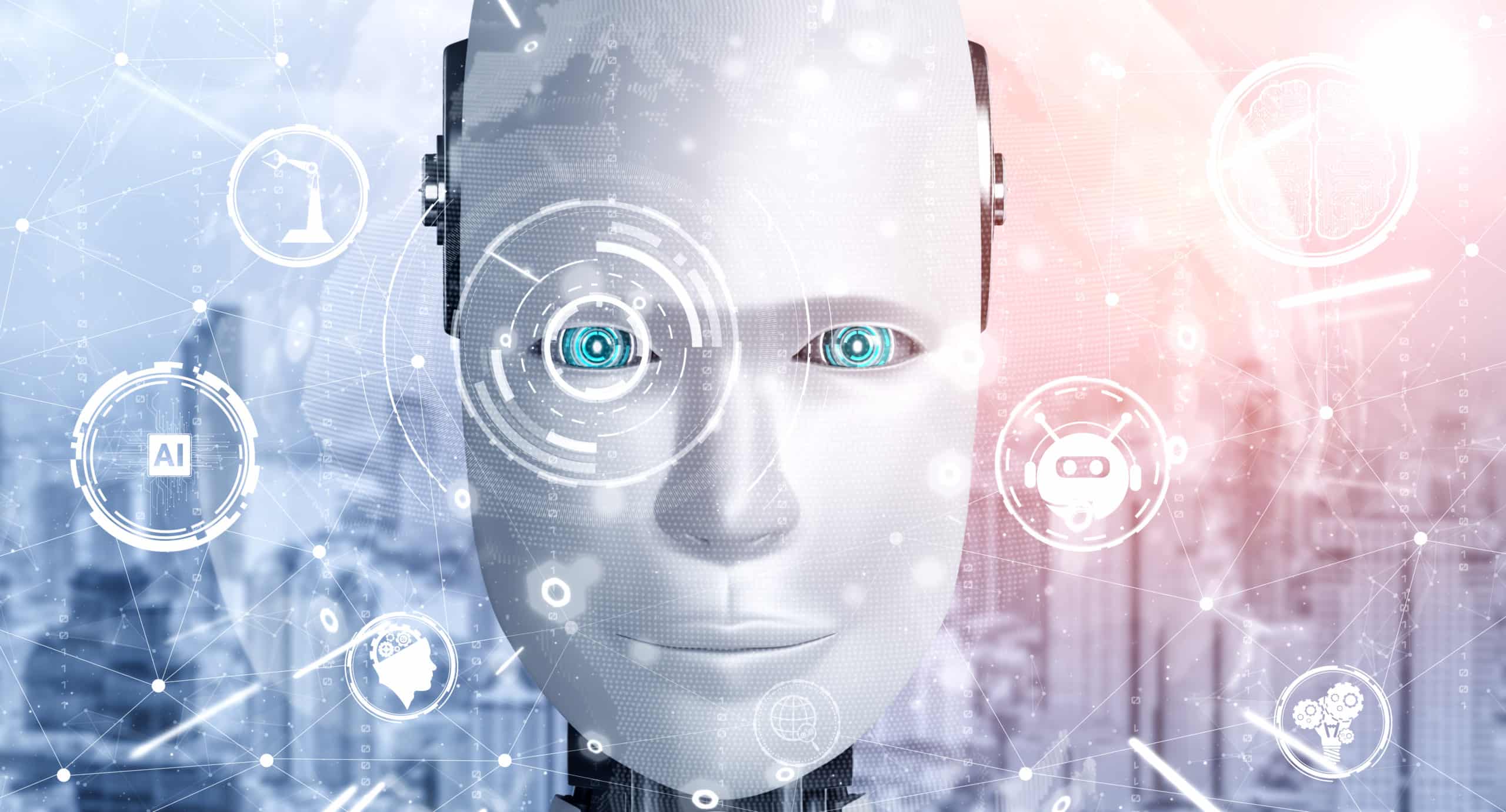The historical fictional stories of the past are now the contemporary reality of the present time. Machines can make sense of their surroundings like humans, with the help of computer vision.
Computer vision is one of the applications of artificial intelligence (AI), machine learning, and deep learning that enables machines to extract useful information from digital images and videos in order to make relevant recommendations or even act upon it. The technology focuses on mimicking the complexity of the human vision system for training computers to interpret and understand the visual world.
Evolution of Computer Vision
In the previous years, during the times when computer vision was nothing more than fiction, facial recognition applications laid the foundation for the present-day achievement of computer vision. However, during the earliest times of facial recognition, most of the work was executed manually which also involved several laborious hours of detailing possible patterns from images in order to create a database that is used as a reference.
Years later, after AI and machine learning took over to relieve people from mundane and burdensome responsibilities, new methods of tackling how machines operate were developed. Moreover, with the advent of deep learning, a new paradigm with the intention of using machines as an integrated part of human lives has unfolded. Hence, computer vision emerged.
Even though early investigations in computer vision started in the 1950s, it was not officially launched commercially until the 1970s. By then, it was used to distinguish between typed and handwritten texts. Today, the application areas for computer vision have developed dramatically.
How Does Computer Vision Work?
Fundamentally, computer vision is all about pattern recognition. Therefore, training machines involves feeding billions of images along with their intended interpretation labeled on them and subjecting them to a processing algorithm that enables machines to look for the possible patterns of shapes, colors, size, etc. in all similar images. In theory, after the machine is trained, it should be able to utilize its expertise to perceive similar images in its surroundings.
Computer vision is performed by the applications of deep learning, which employs algorithms that replicate the neural networks of the human brain in order to derive patterns of data to be able to provide interpretations of images just like the human brain.
Challenges of Computer Vision Technology
The way the human brain functions, is one of the most impressive but complex processes of nature. Mimicking its operation artificially is not taking a smooth road. In fact, developing algorithms for brain functions seem to be a challenging endeavor. Even with the emergence of several applications of computer vision, the technology is still in its infancy stage. There are relatively few practical and comprehensive breakthroughs in mimicking the brain’s functioning. On top of that, it is reported that it is impossible to be certain how the algorithms are replicating how the brain and eyes process images.
Essentially, computers are only able to recognize red, green, and blue (RGB) colors. However, most visual images are full of colorful pixels. Computers attempt to comprehend each of the pixels in terms of RGB but, as numeral values. For interpreting all the pixels from the images fed to a machine, a huge amount of memory is needed for the algorithm to iterate all the pixelated information. And to achieve substantial accuracy, more images with as many variations as possible should be fed to the algorithm. Imagine the space that would require.
The Track of Computer Vision Applications
For several years, mankind had the utopian goal of building intelligent machines that could think and act like humans. This dream has been reflected by several science novels, fantasy stories, movies, and ‘what if’ assessments. As a result of cumulative efforts, machines have been acting like humans for quite some time now. Even better, it has become possible for machines to comprehend their surroundings just the way humans do.
Computer vision is still far from its final touch. There are still complexities and uncertainties that are far from being addressed. Still, many industries have already found ways to incorporate computer vision features in several operations including automating medical diagnosis procedures, developing Augmented Reality (AR), enabling facial recognition in digital devices, enabling self-driving automobiles to make sense of their surroundings and much more applications to emerge in the coming years. According to GlobalData, computer vision will have a plethora of applications in several industries and is expected to reach a market size of $28 billion by 2030.
Photo: Blue Planet Studio/Shutterstock
You might also like:
Hyper-Accurate Positioning: Enhancing Travelers Experience with Precision
Support us!
All your donations will be used to pay the magazine’s journalists and to support the ongoing costs of maintaining the site.
Share this post
Interested in co-operating with us?
We are open to co-operation from writers and businesses alike. You can reach us on our email at [email protected]/[email protected] and we will get back to you as quick as we can.









